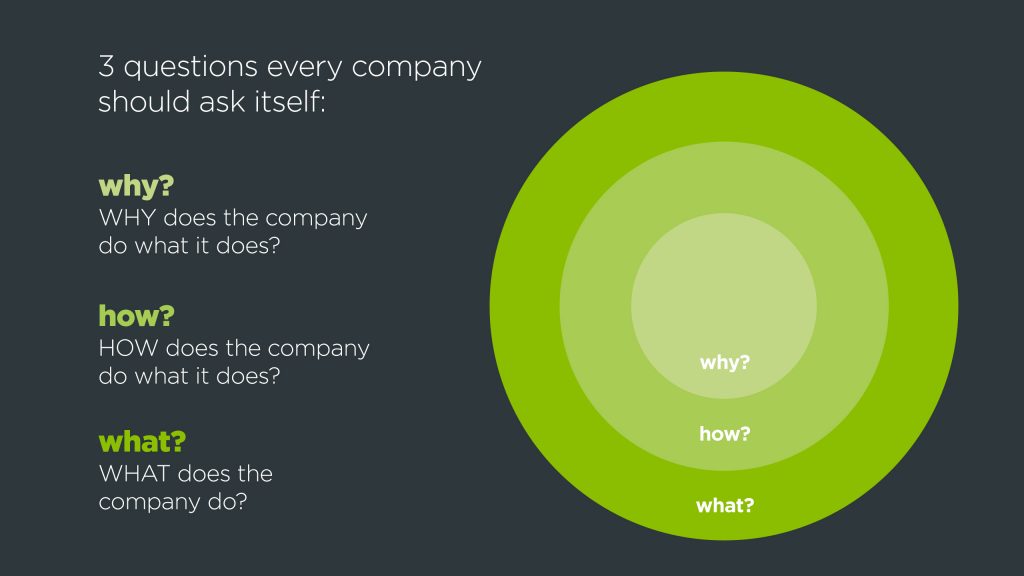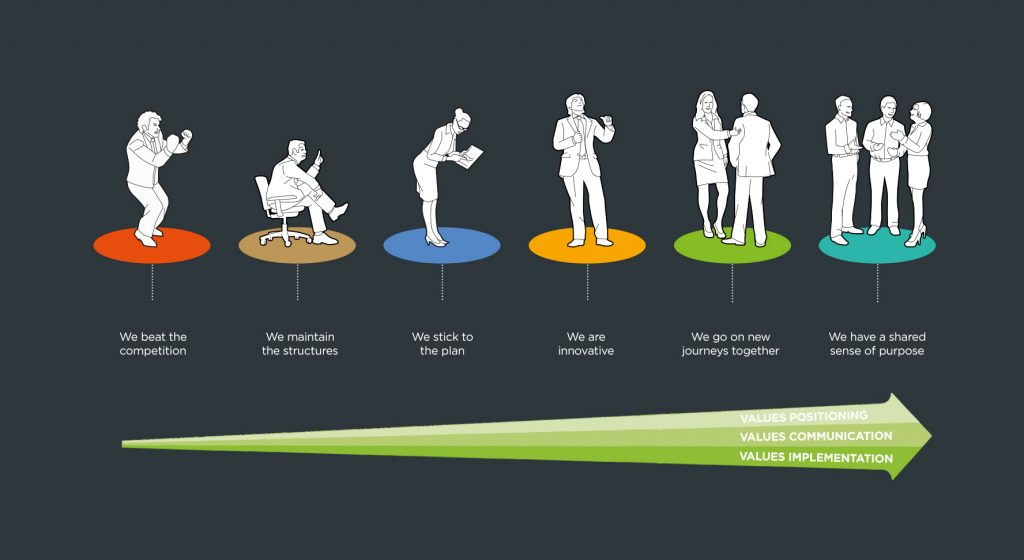Employee motivation: what works (and what doesn’t)?
One thing is certain: the key drivers of employee motivation and engagement are not what many employers think they are. Perks such as fresh fruit, office yoga, table football and other games are certainly a good thing. Their very existence shows potential recruits that a company is in principle worth considering. However, such incentives have no real impact on employee motivation.
A performance-related bonus can certainly be an incentive if the respective employee thinks the goal is attractive. Personal trainer Ivan Blatter draws employers’ attention to an important point: “There are always two sides to setting incentives. They train people to meet the exact requirements, but not to go beyond them”. In other words, lasting intrinsic motivation in employees cannot be achieved with this approach. Prof. Dr. Schönfelder even warns of negative effects: As soon as an incentive takes precedence, self-determination is undermined, because the employee’s benefit from the task itself sinks. The relevance and sense of purpose of the task, however, can actually increase employee motivation.
“Purpose is the best source of motivation there is”
asserts occupational psychologist Theo Wehner on the topic of employer motivation in the newspaper Zeit. The purpose of a job and the core values a company lives by are crucial factors in motivating employees.

1. Purpose and values motivate employees
These two key motivating factors also play a vital role in building trust at work. Values development allows us to explore purpose and values. This tried-and-tested methodis a roadmap that helps you successfully navigate through your employee motivation and team development goals. As Hans Rusinek, member of Think Tank 30 Deutschland (Club of Rome), rightly states:
“Purpose is only useful if it really does influence behaviour.”
2. The two pillars of employee motivation
If you want to effectively motivate employees, you are well advised to…
- take the time, both personally and as a team, to examine the “lived values” and purpose of the company. Click here for some practical suggestions.
- scrutinise the structures and processes in the company as well as the leadership and corporate culture in order to identify and remove the stumbling blocks that undermine employee motivation.
3. The role of leadership in employee motivation
“People join companies but leave managers”
is a much repeated platitude. The direct boss tops the hit list of motivation killers. Lack of recognition and trust creates anger and frustration. It is therefore the relationship level that drains employees of their motivation. The contact between employee and manager has a significant influence on motivation in the workplace. How is leadership conducted? How is feedback given? When there is a lack of recognition, not much can be done with money, no matter how attractive the company is or how good the salary.
Employee motivation, also with respect to employer branding, requires the ability and willingness of managers to build and maintain emotional connections with employees. Employees will quit a job if they feel that they and their performance and input are not appreciated. If employees can be themselves at work and contribute their ideas, they will remain loyal to the employer.
A good leadership culture reduces staff turnover and absenteeism and boosts creativity and performance.

Depending on their mindset, employees are motivated by different things. The more mature the personality, the greater the role of purpose and values as motivating factors.
Good contact and constructive communication between employees and managers requires a certain maturity on the part of the managers. This personal maturity can also be found in the conviction expressed by Business Coach Roland Kopp-Wichmann in his “personality blog”:
“People are already motivated. You. Me. We are motivated. Not by everything, but by people and things that are important to us.”
4. Four tips to help motivate your employees
Here are four ways to encourage employees to perform to their highest ability (salary aside).
- Deliver constructive leadership culture
- Put employees in teams that suit their preferences
- Foster employees’ skills
- Support employees in their work by giving them regular feedback.
Click here for some tips on motivating employees in their annual appraisal interviews.
5. If you want to motivate your employees, you should set yourself two goals
To motivate employees, companies should set themselves the following goals:
- Eliminate difficulties in communication.
- Enable constructive solutions to workplace conflicts
It is therefore, above all, a question of creating and safeguarding motivational work structures and establishing processes which support employees, not hold them back.
We show how you can get closer to these goals here. You can also find some inspiration for your leadership role in this video.
At the end of the day, highly motivated employees have a positive impact on health management. “How shared values promote health and well-being” is explained by Martin Permantier in this article first published in the 2/2018 issue of the publication Journal Gesundheitsförderung.
Finally, we have to acknowledge that investing in employee motivation is always worth it; whether to boost innovative power or recruit and retain skilled staff.
Let’s start a conversation about how we can use purpose and values to improve and sustain employee motivation in your company or organisation.
And last but not least, a tip for some motivating and inspirational reading: get to know the 6 mindset model in our book MINDSET MATTERS. It provides graphic insights into the development of leadership, teams and organisations. Real-life examples help you integrate this new knowledge into your own personal narrative. Order your E-Book right now!
We wish you an enjoyable and inspiring read and look forward to your feedback!

